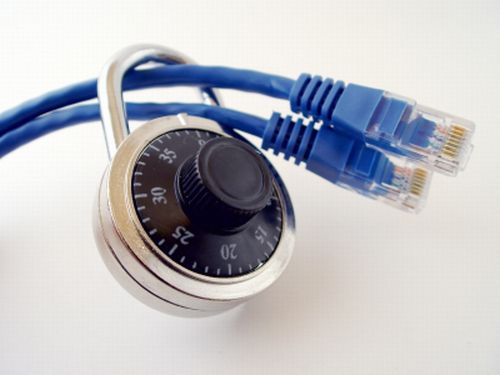
Government Network Security
In order to achieve its goals, the information networks that government entities use to connect various constituencies must be secure from intrusion and disruption. This should not be an additional category of hardware, software and services. Rather, it should be an essential quality of the system components selected.
Government Information
To protect and serve, federal, state and local government organizations are leveraging technology more than ever before to improve government services, making agencies more responsive, efficient, integrated, cost-effective and accessible than ever. In order to achieve agency goals, the information networks used to connect various constituencies must be secure from intrusion and disruption. Large companies in the private sector are realizing cost-savings and improved customer service through the use of interconnected information systems. These same capabilities and benefits are also now being obtained by government agencies at all levels. An example at the Federal level comes from the National Oceanic and Atmospheric Administration (NOAA), which has networked its nationwide secure national weather satellite station communications to warn of dangerous weather and its location.
Secure From the Edge to the Core
Given the wide range of users who need to use government information, network security must account for users and connections of all kinds. The systems must be able to securely protect, transport and backup two categories of information: shared information like public records and protected information like personal health records.
Network protection can be conceived as three essential categories of systems:
Perimeter
This is the most common conception of network security — a wall around network resources to protect them from outside threats. In practice, a distributed network may connect multiple locations so that the perimeter is actually a bright line between “trusted/approved” versus “unknown.” In this construct, it is necessary to inspect all traffic for any of the myriad of threats that can come from the outside. The most common tool for this is a firewall or security appliance. The most common applications for traffic analysis include anti-virus, anti-spyware and intrusion prevention. The applications that perform the analysis/approval/denial can either be implemented as modules or as a collective, cohesive whole.
Internal User Level
A recent report by the GAO noted that 54% of the agencies surveyed had identified spyware in their users’ systems which had adversely affected productivity and network performance. Since spyware almost always requires user installation (albeit, inadvertent), the spyware issue points to a larger concern: users – or, more specifically, user behavior – constitutes a threat of its own. In addition to being duped into launching viruses or installing spyware, users may engage in high-risk activities that open vulnerabilities of all kinds. Such activities include file-sharing, streaming recreational media files or instant messaging with someone outside the enterprise.
Core Assets
Threats of network disruption or data corruption in transit are the most obvious security concerns. But, every security standard – including FISMA, HIPAA and others – includes guidelines regarding protection of stored information. Not only is such information frequently a target of attacks, but it can be a secondary victim of system failures during an attack that impacts network operations.
Summary
Private industry has achieved considerable improvements in productivity, cost savings and customer service by leveraging securely networked information systems. These same improvements are available to government agencies at the federal, state and local level. Networks can be provisioned for maximum security using conventional equipment, provided the equipment implementation has been designed with security in mind. What’s more, a network built on a secure foundation goes a long ways towards satisfying the various relevant regulations. A well provisioned network even provides the management systems necessary for satisfying the audit requirements that are a part of regulation compliance. By paying attention to the three elements of information security – the perimeter, the users, and the data – you will have the foundation of a much more productive, efficient and successful organization.
Contact a Guidon Representative today for further information on how to increase your network security.